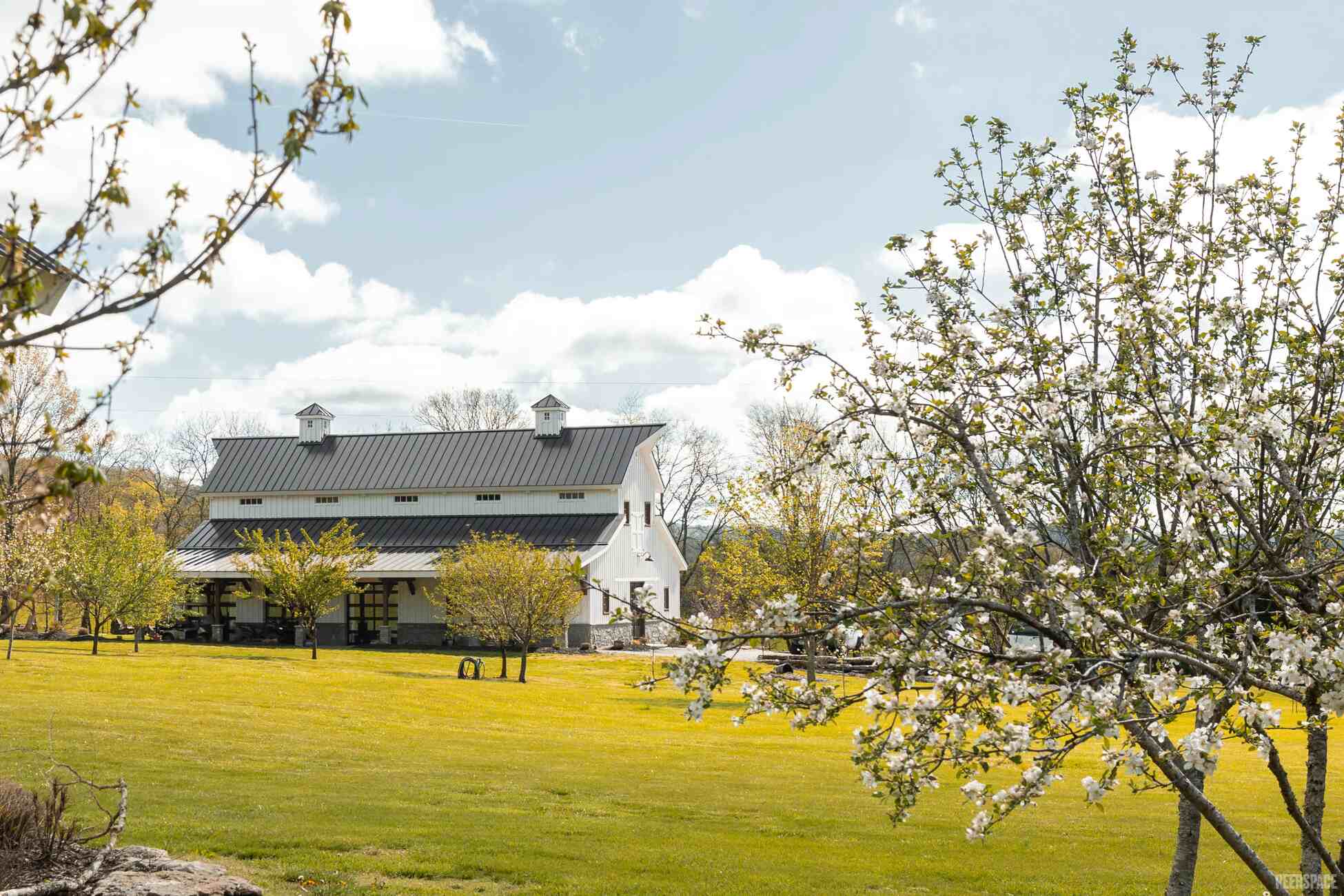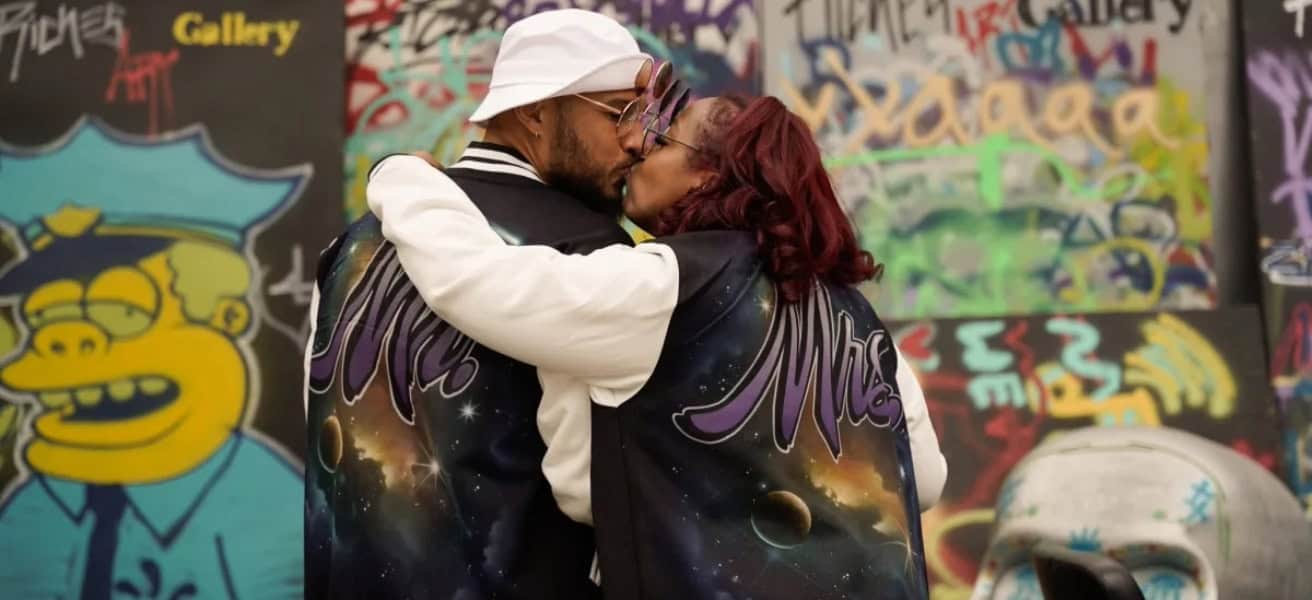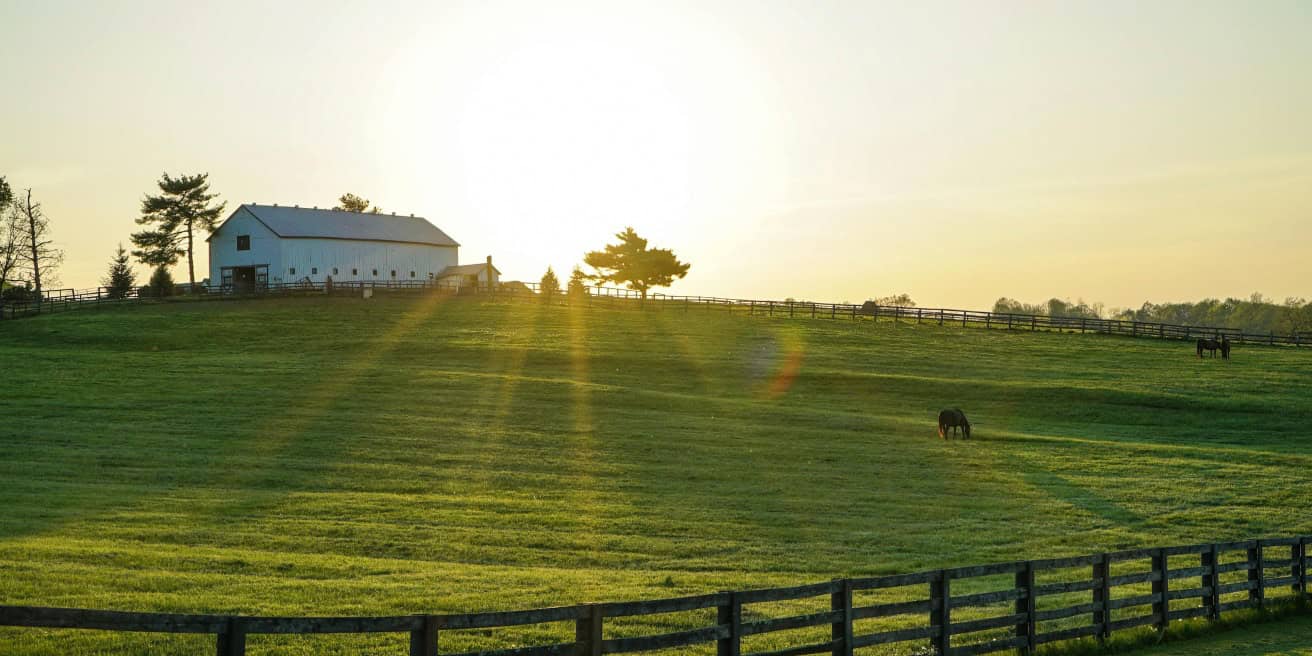Who To Invite to a Birthday Party
- Date: March 11, 2025
- Topic: Events
- Contributors: Written by Earl GoodsonEdited by Randi Kest

Source: Made in Peerspace
When it comes to birthday parties, there are no universal rules around who to invite. And while that may be good news to some, it can make the event a little challenging to plan—particularly if you’re hosting the party for someone else. Whether it’s an intimate milestone dinner party for a grandparent, or an all-out bash for your child’s very first birthday, our suggestions on who to include will ease your concerns around building a successful event for all involved. Read on for our guest list tips, as well as guidance on timeline creation, event planning, and much more.
Table of Contents
Choosing birthday party invitees

Birthday parties have some of the most inclusive guest list rules of any event. So long as you have enough space anyone can potentially come.
Priority invite list
The immediate family and close friends of the birthday guy or gal typically land at the top of the list for party invitations. Immediate family is pretty self-explanatory, but can extend to include family members outside parents, partners, children and siblings, depending on how close the honored guest is with them. As for friends, this invite list can include best friends as well as friends in general, depending on venue size, overall budget and other considerations. If the party is not a surprise, asking the guest of honor for a list of who he or she wants in attendance can make this part a lot easier.
Secondary invite list
Any family members considered outside “immediate family” are ideal candidates for the secondary invite list, especially for a milestone birthday like a 21st or 50th. For adult parties, work colleagues are good secondary additions while classmates make for welcome guests at a child’s birthday celebration. If your kids’ whole class is coming to the party then invite their teacher, too. Other considerations for the secondary invite list include neighbors and friends from community groups, sports teams, and religious congregations.
When to extend the guest list
Because birthday parties tend not to have restrictions like other parties can, the guest list can be expanded upon at any time. Here are some considerations on when to expand the list:
- It’s a milestone birthday: Certain birthdays just hit different. Big milestones like a sweet 16 or a 21st birthday are great opportunities to include extended family and friends.
- You have a spacious venue: If you have a massive venue, fill the space with more guests and plan fun activities.
- You want to expand your circle: Birthdays can be a chance to get to know acquaintances better. Consider inviting members of community groups, book clubs and kids’ sports teams.
- You have a generous budget: Invite more people when there’s enough money to cover additional food, entertainment, and space.
- You want to reconnect with old friends: Add people you’ve not been in touch with recently to reconnect in person.
Who to invite to your own birthday party
Creating a guest list for someone else’s birthday party is often more challenging than choosing who to invite to your own celebration. Follow the same rules outlined above in our priority and secondary invite lists, and extend the guest list as you see fit
Making thoughtful guest list decisions

From budget demands to delicate social situations, these factors influence who receives party invitations.
Balancing the guest list with the budget
Budgetary demands will dictate the size of your birthday party guest list. The average birthday party venue on Peerspace costs $122 per hour to rent. So it’s safe to assume an intimate 4-hour birthday celebration for 10 guests will cost around $49 per person before taking food and entertainment into account.
While per person costs may be lower with larger venues since you’re splitting the amount between more guests, the overall cost for the space is likely to be higher. And other costs like food and beverages will need to be taken into account with the overall budget.
Food and drink considerations
The size of your invite list will directly influence the menu. The food and drink budget for a small dinner party, for example, will likely be less expensive than that of a fancy 50-person 50th. Buffets are more cost-effective than plated meals, but can feel less formal. Consider the vibe you’re going for when planning the budget. And, of course, take alcoholic beverages into consideration, as they always increase the budget.
For a children’s birthday party with a large guest list, heavy snacks or the buffet option are both cost-effective and easier to navigate since guests serve themselves.
Entertainment considerations
Entertainment, like a live band, a DJ and performers of all kinds, is another major budgetary consideration. Alternatively, the venue itself can be the main source of entertainment. Sports bars, barcades, bowling alleys, clubs and karaoke lounges have private event rooms that can form the foundation of a great birthday party plan.
For a kids’ birthday party, your entertainment options include magicians, balloon artists, face painters, and mobile petting zoos. These activities will have rates by the hour or day, depending on the business. Kids’ party planners also have options for entertainment on-location like go kart tracks, arcades, children’s museums, and water parks.
Delicate situations to consider
Sometimes it’s a challenge to ensure everyone is having a good time. Consider these tips to avoid problems before they begin.
- Make sure everyone is comfortable: Worlds can collide at birthday celebrations. Ensure everyone invited knows at least one other guest. Get feedback from the birthday boy or girl around friendship dynamics so nobody feels left out.
- Be consistent with plus-ones: Make a decision on plus-ones and stick to it. Guests will have hurt feelings if you offer one close friend or work colleague a plus one invite but not others.
- Avoid ex-partners: Unless you know your birthday celebrant is on board with the idea, stick to current partners, who are among priority invitees.
- Make smart social media decisions: Those not invited could ask questions when they hear about the party via social media. Your birthday party guest list is entirely your choice, but maintain sensitivity around the feelings of uninvited friends or family.
Including kids at adult parties
If the event space, activities and overall energy of the party lends itself to kids, then they can be included. If you do include children, make sure to have birthday party games that are fun for all ages, like crafting, sports, and word games. A separate space for children to gather, like their own snack table or video game station, is also a good idea.
Pro tip: With kids and adults at a party, you’ll want a venue flexible enough to accommodate diverse interests. Peerspace has birthday party venues near you like rental homes, banquet halls, and backyard oases with all the amenities needed for parties of any size or age group.
Planning logistics: From guest list to great party

Now that we know who to invite to a birthday party, let’s discuss how to build a party plan, starting with invitations.
When to send invitations
Generally speaking, invitations should be sent three to four weeks in advance of gathering. This gives guests time to save the date, plan any necessary logistics, and confirm their RSVP. If your guest list includes out-of-town guests, invitations should be sent even earlier to accommodate travel plans. For casual birthday party celebrations, sending invites two to three weeks before the event is appropriate.
Providing invitees with a deadline by which to RSVP is a good idea so you can finalize party plans once you have a confirmed headcount. Two weeks from the event date is a fair RSVP deadline, and this request can be outlined on the invitation.
Pro tip: Always plan for a few extra folks to show, in case guests who didn’t think they could make it change their minds, or if the guest of honor adds a few faces at the last minute. This also helps with guests who decide to bring an unexpected date or friend. Better to have extra seats and food available then not enough.
A good party timeline ensures a great time
The host has to keep everyone coordinated, which can be a challenge with birthday parties, particularly with young kids. A basic timeline for a children’s party can look like this:
- Start time: Figure 10 to 20 minutes for guests to arrives and latecomers to settle in.
- Games: Plan 30 to 60 minutes for party games and activities.
- Food: Allot 30 to 45 minutes for the main meal or buffet and 15 minutes for cake and ice cream.
- Gifts: Set aside 20 to 30 minutes to open gifts (optional).
- Additional play time: Build in an extra 30 to 60 minutes for more playtime.
- End time
An adult birthday party time will have a similar structure. You may want to increase the activity time since adults have more focus than children. Adjust these numbers for longer activities like a live performance, video tributes, dancing, socializing, drinking games, or sports.
Choosing the perfect space
Whether you’re planning an intimate dinner party at a private loft, or a bar crawl to a handful of popular establishments, choosing the right space—or spaces—will set the tone for the party. A party in a public space, like a restaurant’s dining room, can be just as much fun as a private gathering. Though, you’ll have to factor in limitations around noise, furniture, entertainment and decorations.
Advantages of private party space
For a private party, your customization options are generally unlimited. Many venues include diverse amenities like audio and visual hookups, flexible space arrangements, and room for a private chef and/or bartender. And you aren’t always limited to an entire-day rental.
Pro Tip: Many of our birthday party venues offer by-the-hour rates for a budget-friendly alternative.
Make room for entertainment and dining
Any activities you have planned for your birthday party will also influence the venue’s space, size, and layout. Consider:
- A stage or open area: If you want to incorporate a band, or any kind of performance
- A dance floor: If you plan to have a DJ and your crowd likes to tear it up
- An outdoor area or dedicated space: For party games
- Separate rooms or areas: For guests to mingle, or if you plan to have kids in attendance
- Tables and chairs: For a dinner or brunch party
Guest parking and accessibility
Parking is a major consideration for birthday parties of all sizes. Street parking may not be sufficient for a home birthday party with a large guest list. Let guests know in advance to encourage carpooling or rideshares. Venues like restaurants, clubs, and banquet halls may have a dedicated parking lot for your entire guest list, or even valet parking.
Accessibility also matters, particularly for senior birthday parties, or parties with older guests. Wheelchair ramps and a thoughtful interior arranged ahead of time will ensure guests with mobility limitations have easy access.
Fresh takes on traditional birthday party rules

We have more options for birthday party ideas today than in the past. Digital invitations and RSVPs, joint celebrations, and social media can all improve how we approach birthday party planning.
Invitations and RSVPs: Digital or physical
Digital invites and their respective RSVPs are ideal because they are guaranteed to arrive, do so instantly, cost far less than their snail mail counterparts, and let guests immediately confirm attendance. That said, traditional mailed invitations have their charm. If you’re planning a senior birthday party where guests may be less digitally savvy, consider mailed invitations and RSVPs.
To social media or not
Social media is a great tool to get the word out via private message. A public blast on your main page, though, isn’t the best idea. Not everyone you want at your event will see your post and, perhaps, those you don’t want there will.
Leverage social media and applications like Zoom to include friends and family who can’t attend in person. Whether via livestream or posts, they will appreciate being included and witnessing special moments, especially for a milestone event.
Joint birthday parties
Joint celebrations are common these days for kids and teens who are best friends, twins, or siblings whose birthdays are in the same month. Joint parties aren’t just for kids, though. Adults sometimes celebrate together, particularly twin siblings, best friends, or couples who share a birthday month.
A joint party is good for budget-conscious party planners, as well as for guests since there may be crossover in the guest lists for both birthday celebrants. Siblings, couples, and best friends will have many friends, family members, and classmates in common to invite.
Let’s party
The best way to build a birthday party guest list is to focus on the guest of honor’s wishes. Once you’ve settled on your invitees, use our tips on mixing groups, venue selection, and timelines to ensure a smooth event. You’re in good company; thousands of other party planners have also used Peerspace as a valuable resource for birthday party venues and advice.
Get together somewhere better
Book thousands of unique spaces directly from local hosts.
Explore SpacesShare your space and start earning
Join thousands of hosts renting their space for meetings, events, and photo shoots.
List Your Space





